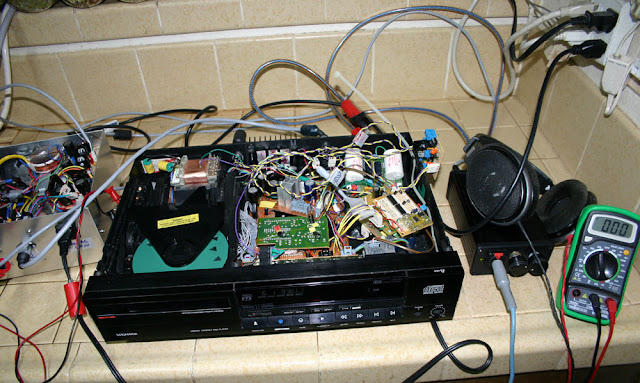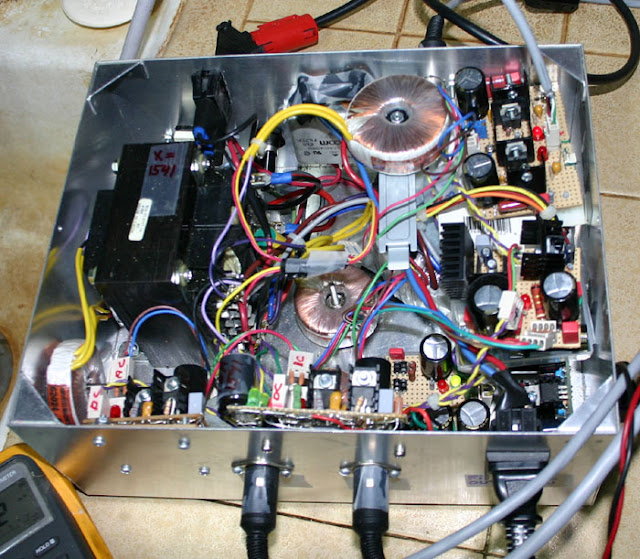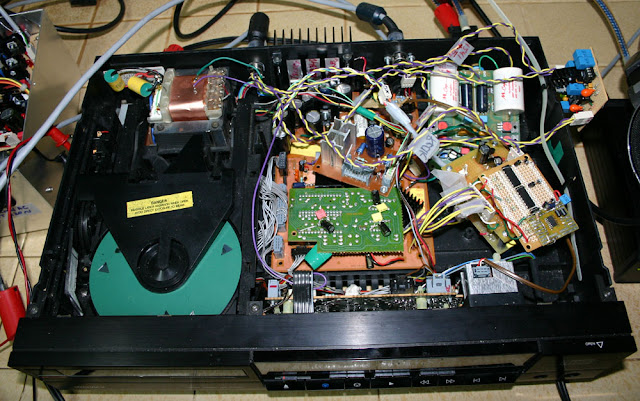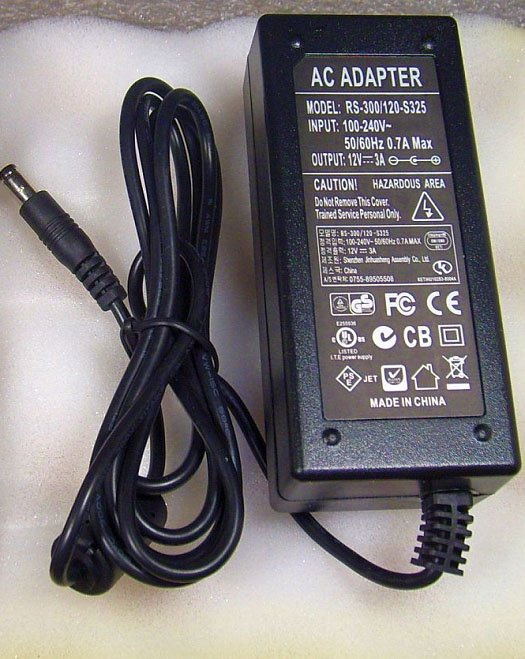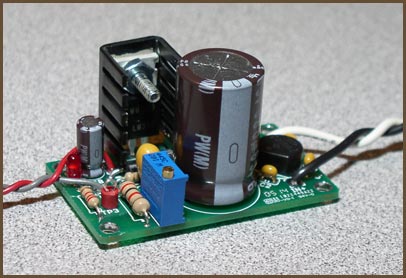Christian,
Yes its essentially the same circuit. I Joined pfm in Sept 2004 and prior to this pfm member Andrew Weekes had designed a PCB implementing the 2000 Jung version. There were several group buys and lots of discussion. Caps were a hot topic. The regulator as implemented by Andrew was known here as the ALWSR for short.
This link is to the manual, a more recent copy than mine:
http://www.connect-audio.co.uk/Regulator/ALWSR.pdf
There was a commercial site selling boards but it has closed:
http://www.at-view.co.uk/alwsr.htm
I think Andrew withdrew from this forum around 2006, possibly due to some ill health. I would have to go searching for threads, so you'll probably be more satisfied with your efforts than mine. On pfm he has user name Andrew L Weekes and on diyaudio ALW.
He appears in the long thread on DIYaudio : 3 terminal Jung Super Regulator Kit
David
Yes its essentially the same circuit. I Joined pfm in Sept 2004 and prior to this pfm member Andrew Weekes had designed a PCB implementing the 2000 Jung version. There were several group buys and lots of discussion. Caps were a hot topic. The regulator as implemented by Andrew was known here as the ALWSR for short.
This link is to the manual, a more recent copy than mine:
http://www.connect-audio.co.uk/Regulator/ALWSR.pdf
There was a commercial site selling boards but it has closed:
http://www.at-view.co.uk/alwsr.htm
I think Andrew withdrew from this forum around 2006, possibly due to some ill health. I would have to go searching for threads, so you'll probably be more satisfied with your efforts than mine. On pfm he has user name Andrew L Weekes and on diyaudio ALW.
He appears in the long thread on DIYaudio : 3 terminal Jung Super Regulator Kit
David



